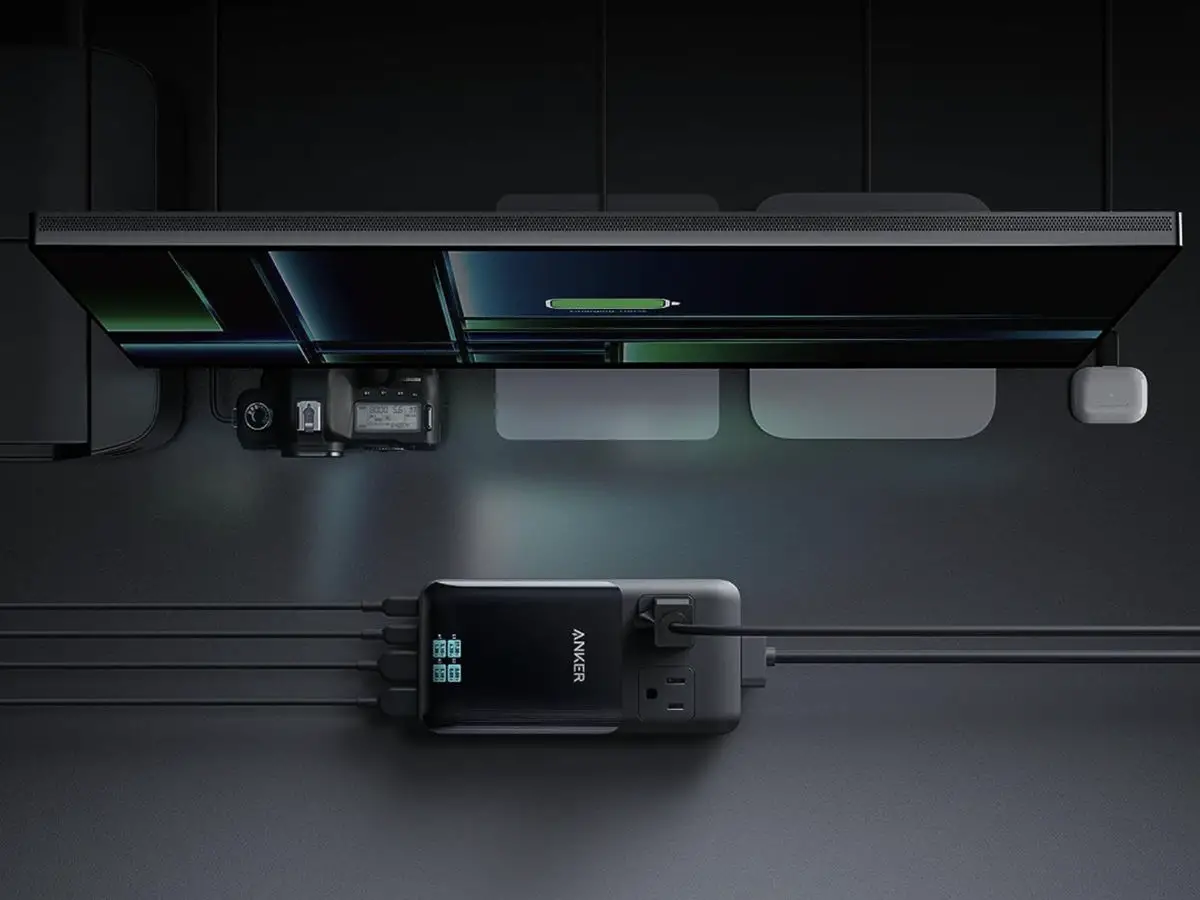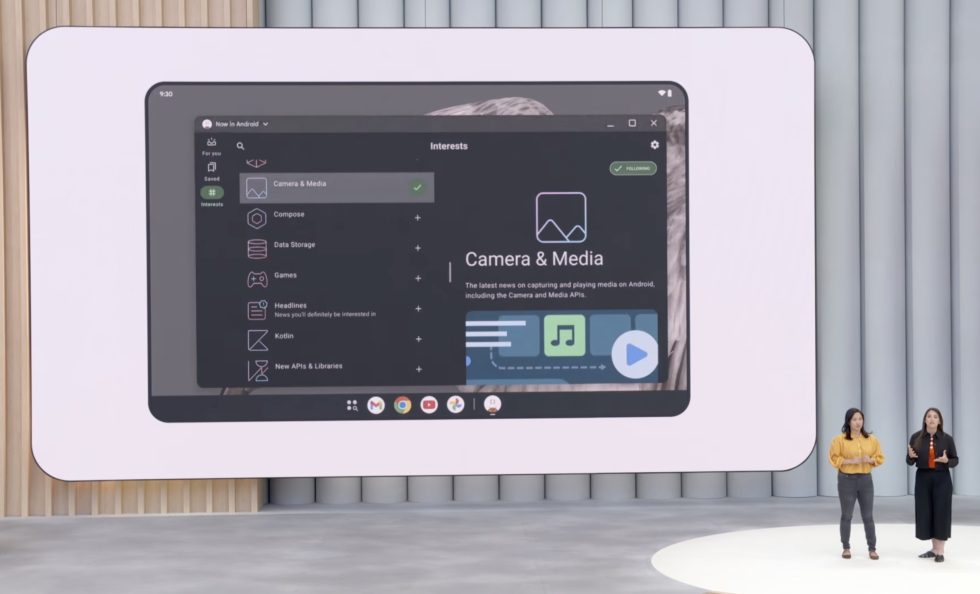Why planes still use floppy disks in 2025 — and it’s not as silly as it sounds
Floppy disks still fly—literally. Here’s why some airplanes in 2025 still rely on 1990s tech for navigation updates.
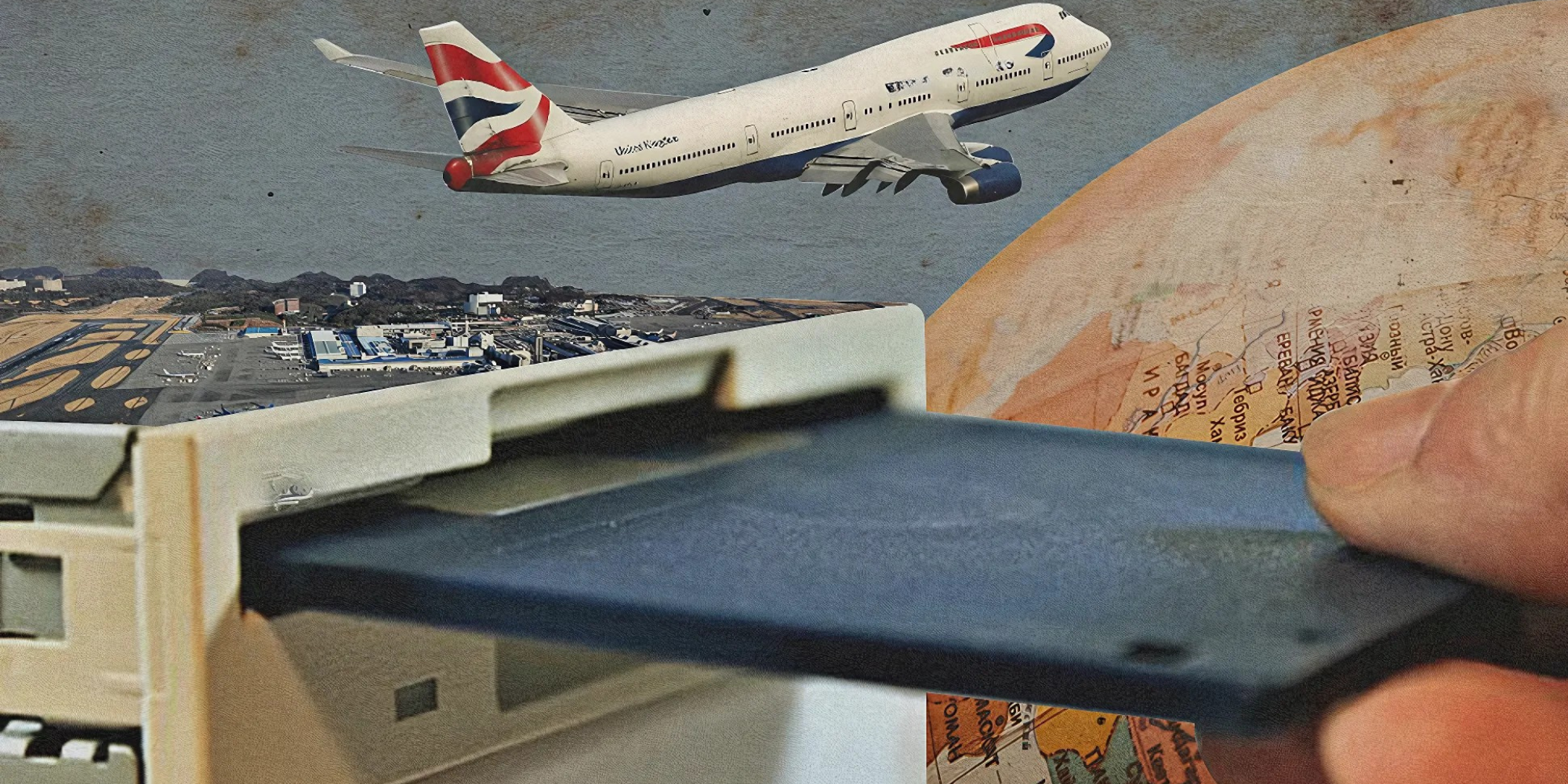

Key Takeaways
- Legacy aircraft like the Boeing 747-400 still rely on floppy disks to update critical navigation data, due to costly and complex certification requirements for upgrades.
- Floppy disks, despite being outdated, offer an unexpected cybersecurity advantage by being completely offline and resistant to remote hacking.
- While newer aircraft use modern systems, full replacement of floppy disk-based tech will take years—highlighting aviation’s slow but safety-first approach to change.
In an era of cloud storage, AI copilots, and real-time GPS updates on your phone, it sounds absurd that some commercial airplanes still rely on floppy disks—yes, those 3.5-inch plastic squares you haven’t seen since Windows 95. But this isn’t a tech oversight. In fact, there are surprisingly practical reasons why aviation still holds onto this digital dinosaur.
Built to last... and hard to upgrade
Take the Boeing 747-400 for instance. Many of these aircraft, still in operation today, were designed in the late 1980s. Their onboard systems were state-of-the-art—back then. Updating these systems now isn’t just a matter of plugging in a USB or downloading new firmware. In aviation, every change requires re-certification from authorities like the FAA or EASA—a process that can take months, cost millions, and ground planes.
So, airlines stick with what’s already certified and working—even if it means using storage tech that’s older than some pilots.
What floppy disks are actually used for
Floppy disks aren’t storing flight movies or snack menus. They’re primarily used to update navigation databases—the internal maps and routing info inside an aircraft’s Flight Management System (FMS). These updates happen every 28 days as part of the AIRAC cycle (Aeronautical Information Regulation And Control).
In older aircraft, ground crews manually insert multiple floppy disks—sometimes up to a dozen—to load this data. It’s slow. It’s clunky. But it works.
Hacker-proof by being ancient
Here’s the funny part: this outdated tech is also shockingly secure. Because it’s not connected to the internet, there’s virtually no risk of remote hacking. In a world full of cybersecurity threats, floppy disks offer something modern systems struggle to guarantee—air-gapped safety. No connection means no entry point for cyberattacks.
So, yes, using a floppy disk might seem like a joke—but it’s also a built-in defence mechanism.
Why airlines haven’t switched?
Replacing avionics systems across a global fleet isn’t just expensive—it’s logistically chaotic. A single aircraft upgrade can cost hundreds of thousands of dollars. Multiply that across 200 planes, and you’re looking at tens of millions, plus time out of service. If the current system is secure, certified, and does the job, most airlines see no urgent reason to change.
Change is happening—just very slowly
Thankfully, newer aircraft like the Boeing 787 and Airbus A350 have moved on to modern data loading systems. But for legacy planes, full upgrades will likely take years, if not decades. Airlines are expected to phase out floppy-based systems gradually as older jets are retired from fleets.
The irony of old-school safety
In the fast-moving world of tech, we’re used to updates every month. But in aviation, reliability trumps speed. So while floppy disks might seem laughable, they reflect the industry’s most important priority: safety over flashiness.
The next time you board a long-haul flight, just know—somewhere in that cockpit, a floppy disk might be doing its job silently and securely.


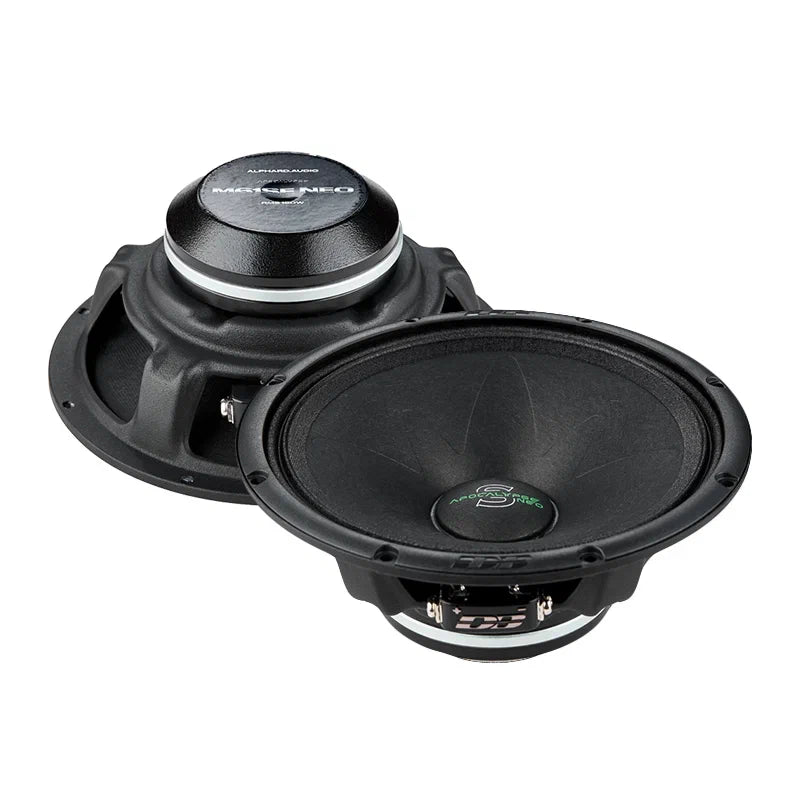



















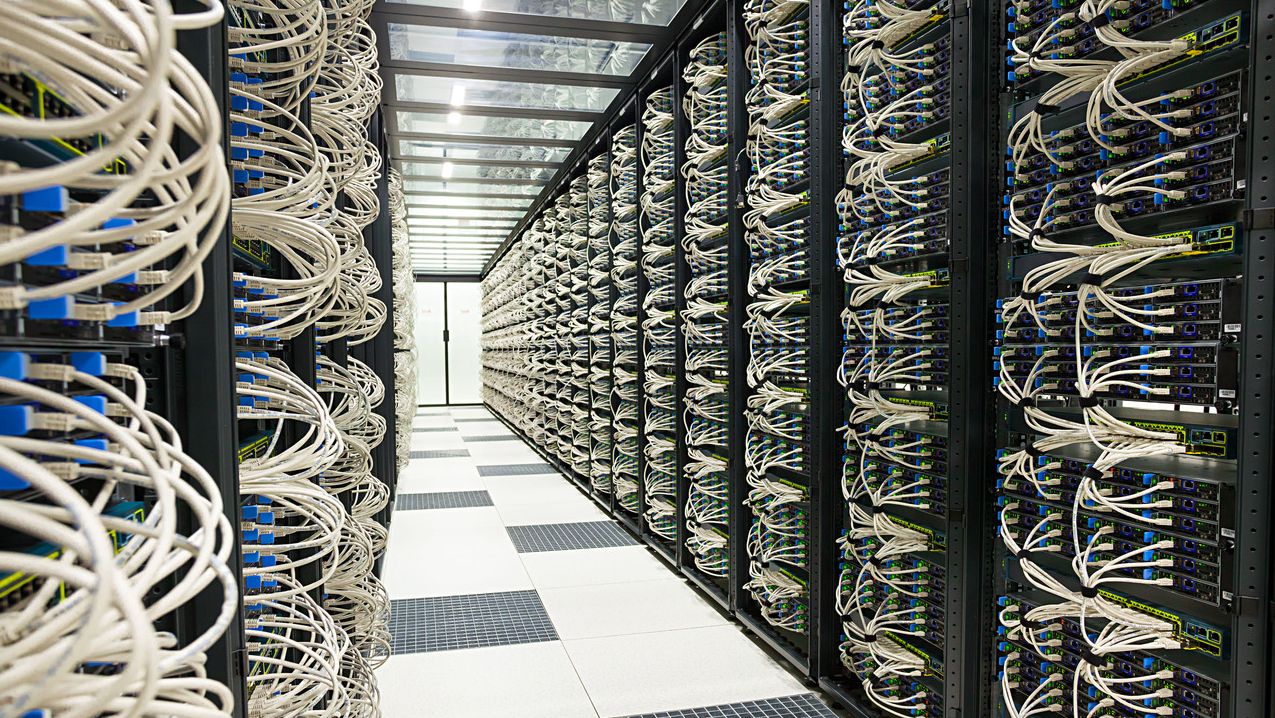







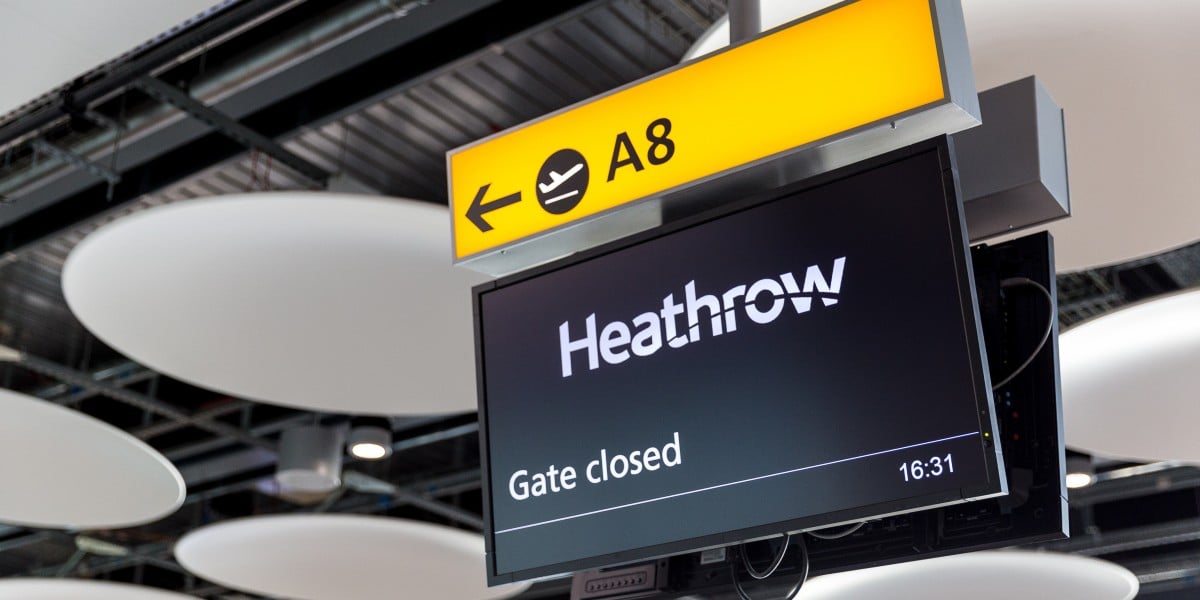


















































































































































![[The AI Show Episode 148]: Microsoft’s Quiet AI Layoffs, US Copyright Office’s Bombshell AI Guidance, 2025 State of Marketing AI Report, and OpenAI Codex](https://www.marketingaiinstitute.com/hubfs/ep%20148%20cover%20%281%29.png)


![[The AI Show Episode 146]: Rise of “AI-First” Companies, AI Job Disruption, GPT-4o Update Gets Rolled Back, How Big Consulting Firms Use AI, and Meta AI App](https://www.marketingaiinstitute.com/hubfs/ep%20146%20cover.png)

























































































































![Laid off but not afraid with X-senior Microsoft Dev MacKevin Fey [Podcast #173]](https://cdn.hashnode.com/res/hashnode/image/upload/v1747965474270/ae29dc33-4231-47b2-afd1-689b3785fb79.png?#)













































































































































_Olekcii_Mach_Alamy.jpg?width=1280&auto=webp&quality=80&disable=upscale#)











































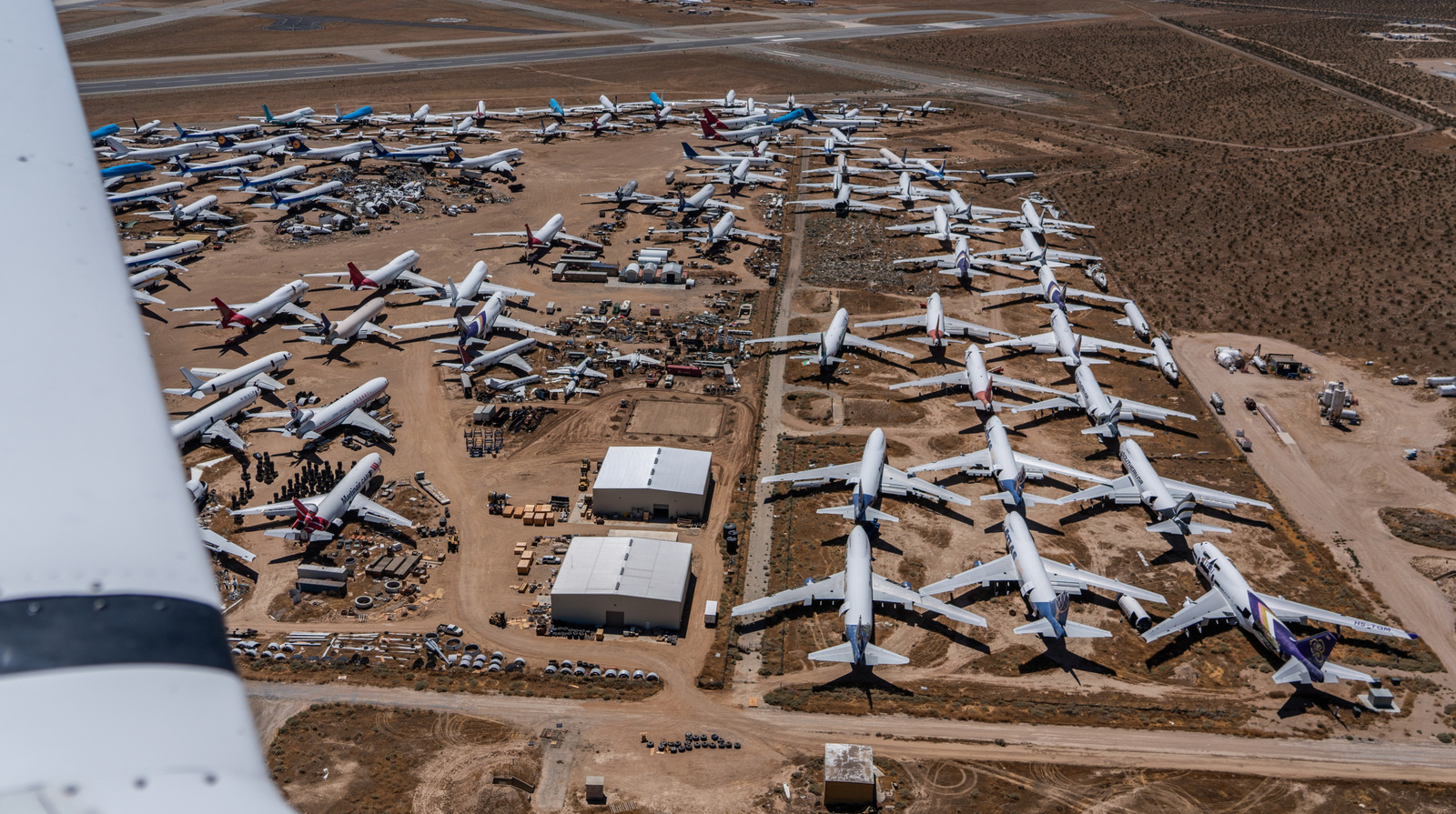
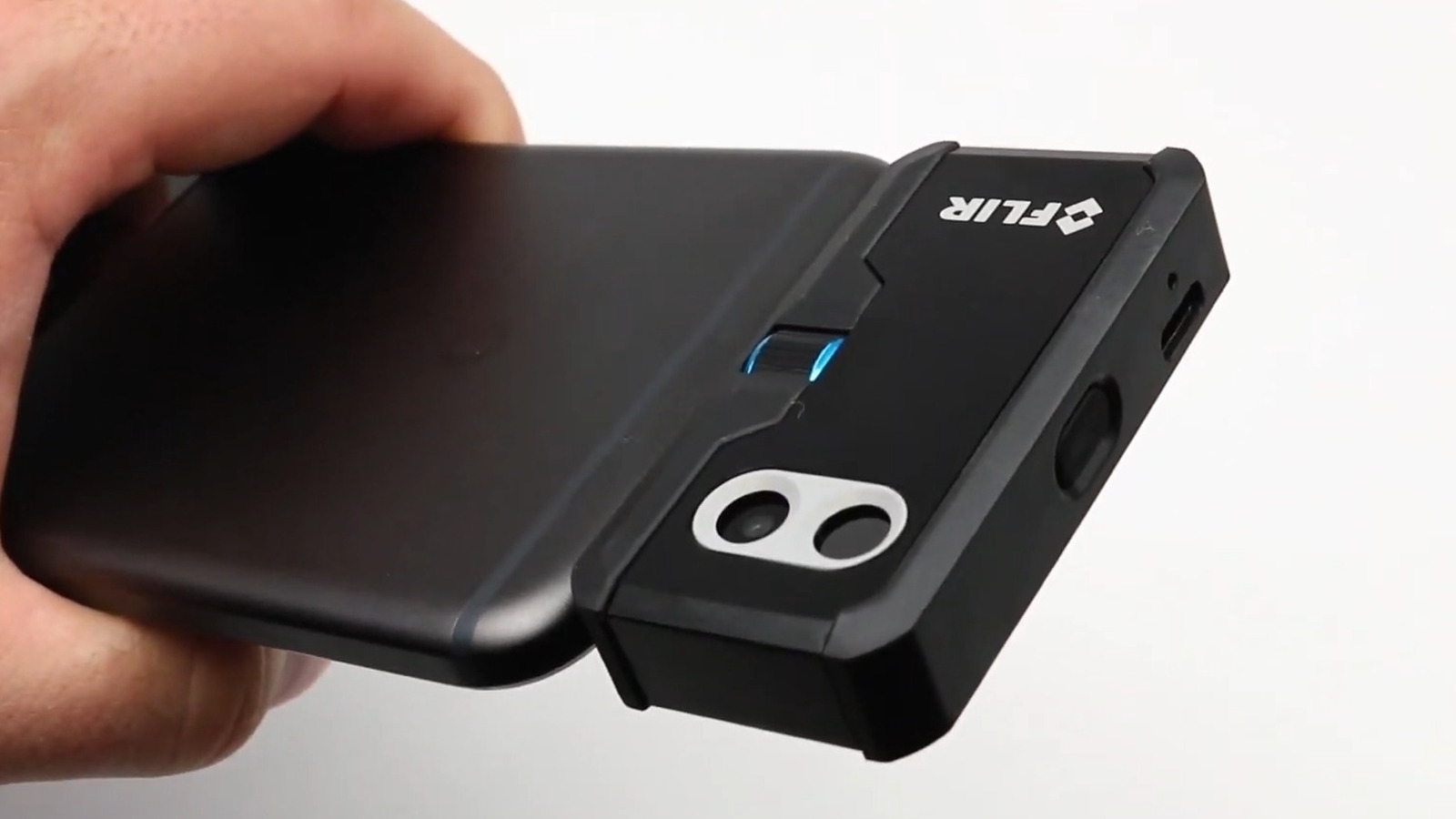



















































![Nomad levels up its best-selling charger with new 100W slim adapter [Hands-on]](https://i0.wp.com/9to5mac.com/wp-content/uploads/sites/6/2025/05/100w-FI.jpg.jpg?resize=1200%2C628&quality=82&strip=all&ssl=1)



![Google just showed off Android Auto’s upcoming light theme [Gallery]](https://i0.wp.com/9to5google.com/wp-content/uploads/sites/4/2025/05/android-auto-light-theme-documentation-2.jpg?resize=1200%2C628&quality=82&strip=all&ssl=1)











![Apple Accelerates Smart Glasses for 2026, Cancels Watch With Camera [Report]](https://www.iclarified.com/images/news/97408/97408/97408-640.jpg)
![Jony Ive and OpenAI Working on AI Device With No Screen [Kuo]](https://www.iclarified.com/images/news/97401/97401/97401-640.jpg)

![Anthropic Unveils Claude 4 Models That Could Power Apple Xcode AI Assistant [Video]](https://www.iclarified.com/images/news/97407/97407/97407-640.jpg)













